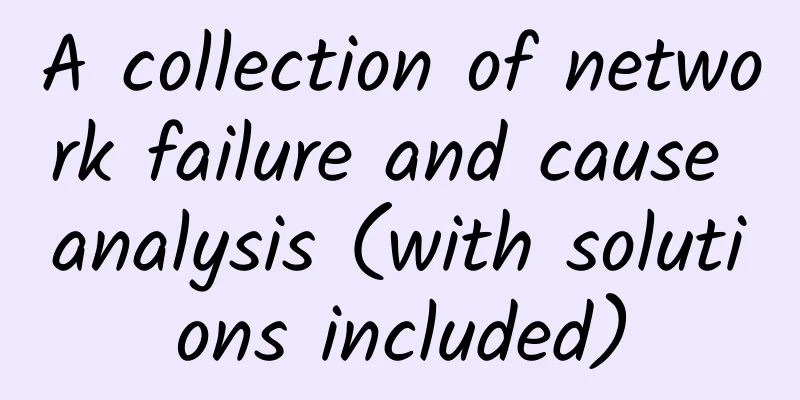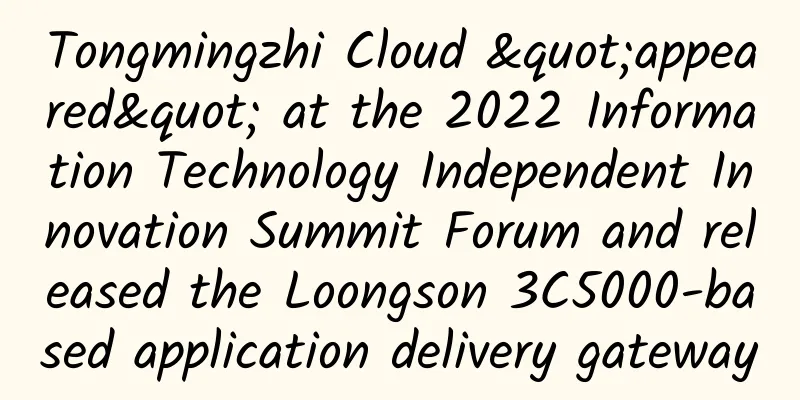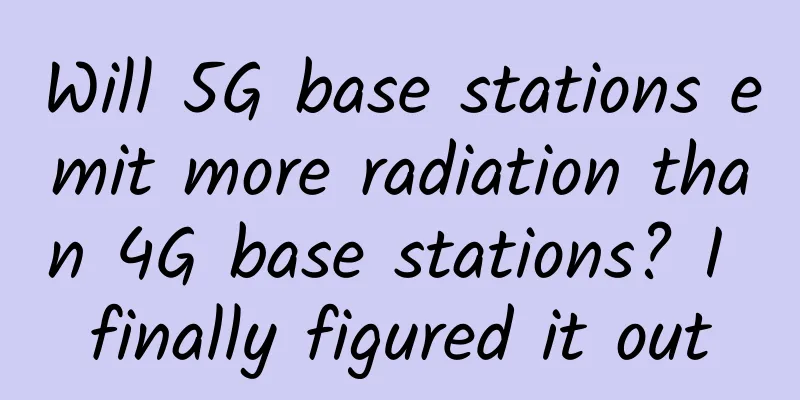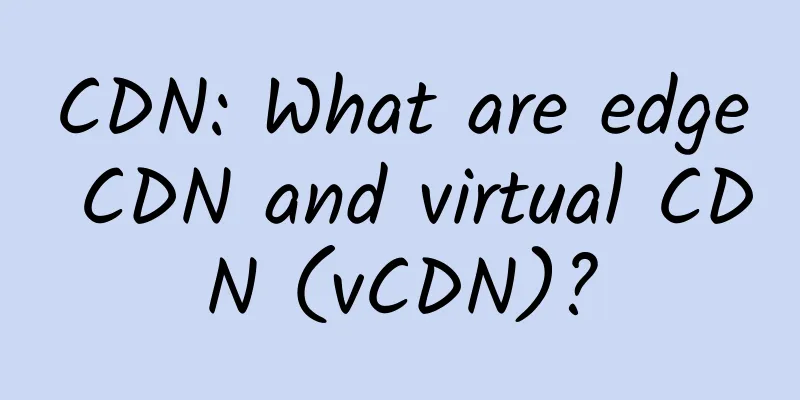What is the difference between 5G and 6G?
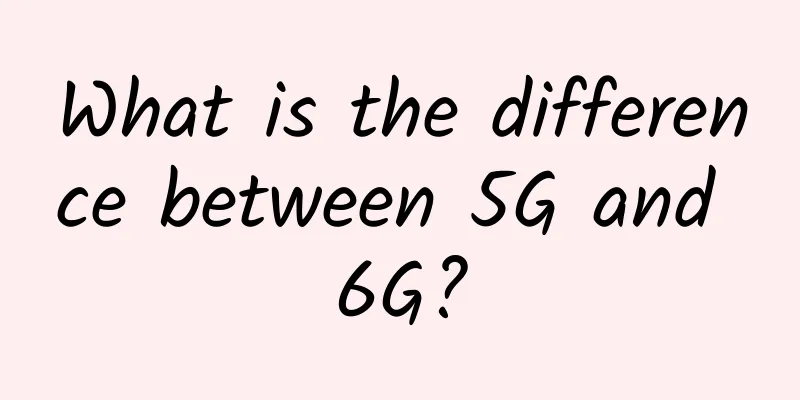
|
In a world where technology is constantly evolving, it can be hard to keep up with the latest advancements. Here, we compare 5G and 6G networks to find out the differences between the two. The world of wireless technology continues to evolve, with the introduction of 5G and 6G networks revolutionizing the way we communicate. From faster speeds to lower latency, these two technologies open up a new realm of possibilities for consumers and businesses, but what exactly is the difference between 5G and 6G? What is 5G?5G is the fifth generation of cellular network technology after 4G LTE. It was first launched in 2019, with Verizon taking the lead in commercial deployment in April of that year. Unlike the previous 3G and 4G, 5G is not just a simple incremental technological advancement, but a real leapfrog technology. One of the biggest differences between 5G and its predecessors is speed. 5G offers theoretical speeds of up to 10GB per second, which is more than 30 times faster than 4G LTE-Advanced's theoretical maximum speed of 300Mbps. The technology also uses higher frequency bands than previous generations and can be deployed in low-band, mid-band, or high-band millimeter waves from 24 GHz to 66 GHz. This aspect allows for faster data transfer speeds and greater bandwidth capacity. 5G use casesThe technology opens up a new world of possibilities, enabling applications such as self-driving cars, the Internet of Things, and smart cities. It is also being used to deliver medical services remotely and greatly improve the gaming experience. What is 6G?6G is the sixth generation of cellular network technology, following 5G. It is expected to be available by 2030 and promises to be faster than its predecessor. There have already been reports of reaching 206.25 gigabits per second in a lab setting in China. The new technology will use higher frequency bands than 5G, operating in the 30 to 300 GHz millimeter wave to 300 to 3000 GHz terahertz radiation range, and will provide better coverage and higher reliability due to its wider spectrum usage. 6G use cases6G is a revolutionary technology that can enable a whole new world - a smart society with a focus on automation. It will provide unprecedented speed and low latency, allowing individuals and businesses to use it for innovative use cases such as smart homes, autonomous transportation systems and healthcare solutions. 6G will enable smart homes and automated transportation, thereby improving living standards and environmental monitoring. It will also take virtual healthcare to a whole new level with features such as holographic telepresence, AR/VR, AI, and mobile edge computing. 6G technology will offer huge growth potential for self-driving cars, drones, and automated manufacturing. It will become a pioneer of modernization and make a significant contribution to transforming our future society. The difference between 5G and 6GSpectrum usageThe higher frequencies of 6G networks allow for faster throughput than 5G networks. This means 6G will be able to transmit more data in a shorter period of time, resulting in a smoother user experience. The higher frequency bands used by 6G networks also offer greater bandwidth capacity than 5G networks. This allows more users to access the network at the same time, as well as more data-intensive applications such as streaming video and virtual reality. 6G will utilize spectrum in the 30 to 3000 GHz range. This is an important step towards enabling future use cases that will require 6G network capacity. speedBoth 5G and 6G technologies offer faster speeds than 4G LTE, but 6G takes it to a whole new level. 6G is expected to have theoretical maximum speeds up to 100 times faster than 5G, thanks to utilizing higher bands on the wireless spectrum. 6G is expected to bring revolutionary speed capabilities that will have a profound impact on many industries. The expected ultra-high-speed communications will enable instant connectivity between any digital device, from smartphones to wearables and the Internet of Things, creating a fully connected ecosystem. In addition, 6G's enhanced speed will promote the development of smart factories and robotics, bringing the Fourth Industrial Revolution into full swing. In addition to industrial use cases, 6G will also revolutionize healthcare through remote surgery and telemedicine applications, and drive digitalization initiatives in industries such as finance and retail. The development of the Internet of ThingsThe introduction of 6G networks also brings advancements in IoT devices, such as smart appliances and connected cars, which rely on low-latency connections for optimal performance. With this new technology, users can expect a more seamless experience when using these devices because it will be able to handle more data at once without sacrificing speed or reliability. DelayLatency refers to the time it takes for a signal to travel from one point to another over a network connection. This time is measured in milliseconds. Both 5G and 6G networks offer lower latency than 4G LTE, but 6G networks have faster response times because they utilize higher frequency bands on the wireless spectrum, allowing for faster transfer times between devices connected via the network. Security ThreatsThe security threats posed by both 5G and 6G networks are significant, but 6G networks have the potential to pose a greater risk. This is because 6G networks will have a larger attack surface than 5G networks, as well as more complex use cases that may introduce new security vulnerabilities. In addition, 6G networks' increasing reliance on open source software may pose additional security risks. To mitigate these risks, organizations must take steps to strengthen their security protocols and ensure they stay current with the latest developments in network technology. This includes implementing measures such as encryption, authentication, and access controls to protect against malicious actors. Additionally, organizations should be aware of the potential for foreign infrastructure and components to threaten national security and take appropriate steps to address this concern. Bottom LineThere are many differences between 5G and 6G networks. While both offer advantages over their predecessors, 6G will revolutionize the telecommunications industry with its ability to overcome the limitations of 5G technology and bring unprecedented advancements in many aspects of connectivity. 6G networks are expected to solve some of society's most pressing challenges, bringing reliability, sustainability and efficiency to systems through mobile technology, accelerating automation to simplify and improve people's lives, and providing unlimited connectivity to meet next-generation communication needs. 6G heralds that future technology will play an even more critical role in improving human life. |
<<: 5G: Smart cities’ potential to transform public services
>>: Qianjia Viewpoint | Simplifying Smart Cities
Recommend
Five ways edge computing drives digital business
Every industry has created a new normal: if your ...
Writing crawlers has become "prison programming" because you don't understand the Robots protocol
[[386960]] It is easy to write Python crawlers, b...
Exclusive interview with Xu Jie, product director of DYXnet: DYXnet comprehensively upgrades SASE services to build a new frontier for network security
As mentioned in Maslow's hierarchy of needs t...
Research And Markets: Global Computer Vision Market Size to Reach $95 Billion in 2027
On March 24, according to the latest report relea...
Sharktech: $129/month high-defense server, 2*E5-2678V3/64GB/1TB NVMe/1Gbps unlimited traffic
Sharktech is a shark computer room (or SK compute...
Huawei Cloud Solution Selection Competition and Cloud Migration Competition are in hot selection, looking for excellent solutions and talents
[51CTO.com original article] At the beginning of ...
Key 5G limitations facing enterprises
As interest in 5G cellular technology grows, ente...
A detailed study of the IPv6 address structure
IPv6 stands for Internet Protocol Version 6, whic...
5G is not yet popular, so why are 4G phones now starting to have their speed limited?
I don’t know since when, but it feels like the cu...
Application scenarios are becoming increasingly diversified, and my country is accelerating the development of blockchain technology
my country has the world's largest Internet a...
China Broadcasting Corporation's 700MHz frequency migration bidding failed, and the road to 5G encountered another setback
The much anticipated China Radio and Television 7...
Tencent Interview: Do you understand process communication?
[[432787]] This article is reprinted from the WeC...
Ethernet Adapter Market to See Record Revenue Growth in 2022
According to a recent report released by DellOro ...
5G RedCap: New Cellular IoT Technology Optimization
The latest version of the 3GPP standard for mobil...
The three major operators are launching preferential packages. How do you “change to a new one”?
Recently, some mobile phone users have found that...


